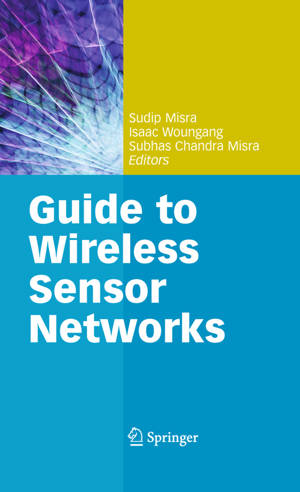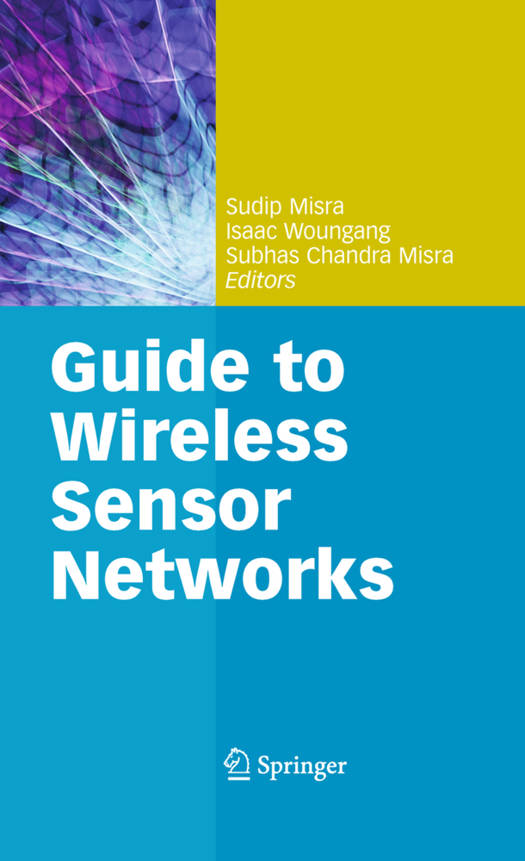
- Afhalen na 1 uur in een winkel met voorraad
- Gratis thuislevering in België vanaf € 30
- Ruim aanbod met 7 miljoen producten
- Afhalen na 1 uur in een winkel met voorraad
- Gratis thuislevering in België vanaf € 30
- Ruim aanbod met 7 miljoen producten
Zoeken
Guide to Wireless Sensor Networks
€ 83,95
+ 167 punten
Omschrijving
Overview and Goals Wireless communication technologies are undergoing rapid advancements. The last few years have experienced a steep growth in research in the area of wireless sensor networks (WSNs). In WSNs, communication takes place with the help of spatially distributedautonomoussensornodesequippedtosensespeci?cinformation. WSNs, especially the ones that have gained much popularity in the recent years, are, ty- cally, ad hoc in nature and they inherit many characteristics/features of wireless ad hoc networks such as the ability for infrastructure-less setup, minimal or no reliance on network planning, and the ability of the nodes to self-organize and self-con?gure without the involvement of a centralized network manager, router, access point, or a switch. These features help to set up WSNs fast in situations where there is no existing network setup or in times when setting up a ?xed infrastructure network is considered infeasible, for example, in times of emergency or during relief- erations. WSNs ?nd a variety of applications in both the military and the civilian population worldwide such as in cases of enemy intrusion in the battle?eld, object tracking, habitat monitoring, patient monitoring, ?re detection, and so on. Even though sensor networks have emerged to be attractive and they hold great promises for our future, there are several challenges that need to be addressed. Some of the well-known challenges are attributed to issues relating to coverage and deployment, scalability, quality-of-service, size, computational power, energy ef?ciency, and security.
Specificaties
Betrokkenen
- Uitgeverij:
Inhoud
- Aantal bladzijden:
- 707
- Taal:
- Engels
- Reeks:
Eigenschappen
- Productcode (EAN):
- 9781848822177
- Verschijningsdatum:
- 12/06/2009
- Uitvoering:
- Hardcover
- Formaat:
- Genaaid
- Afmetingen:
- 156 mm x 234 mm
- Gewicht:
- 1206 g

Alleen bij Standaard Boekhandel
+ 167 punten op je klantenkaart van Standaard Boekhandel
Beoordelingen
We publiceren alleen reviews die voldoen aan de voorwaarden voor reviews. Bekijk onze voorwaarden voor reviews.










